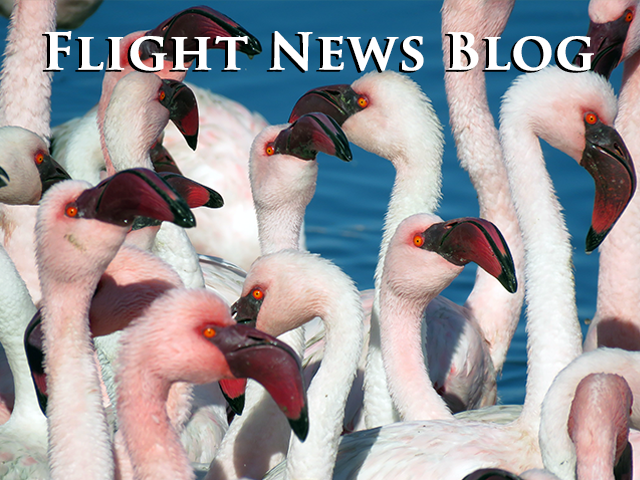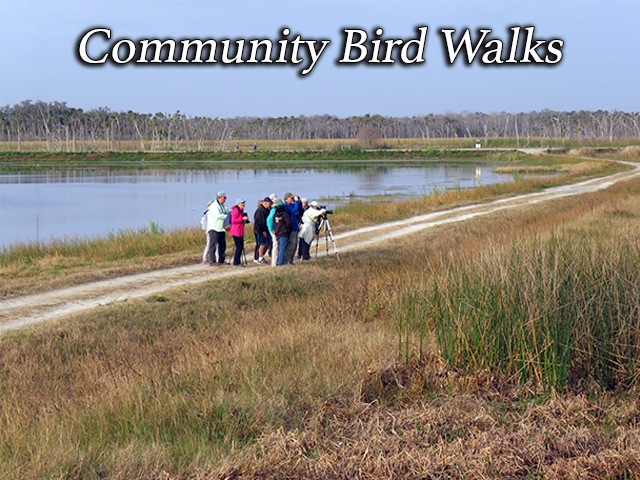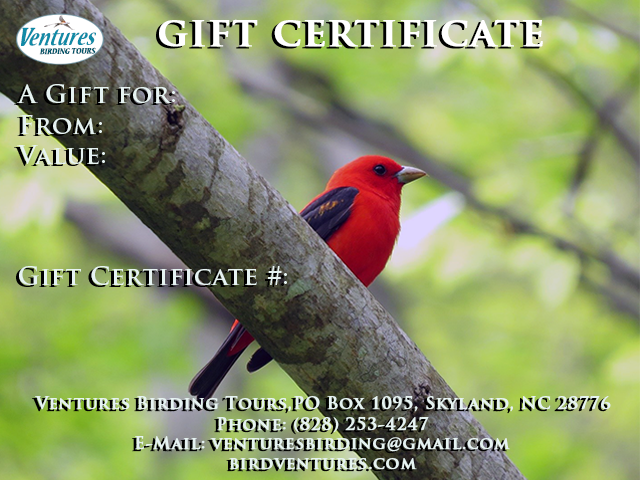Lake Conestee
Nature Preserve
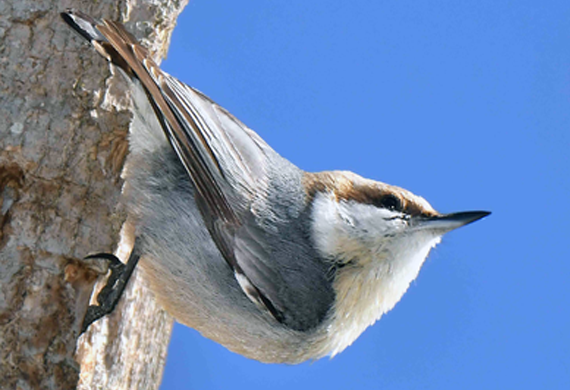
Greenville, SC
September 16, 2020
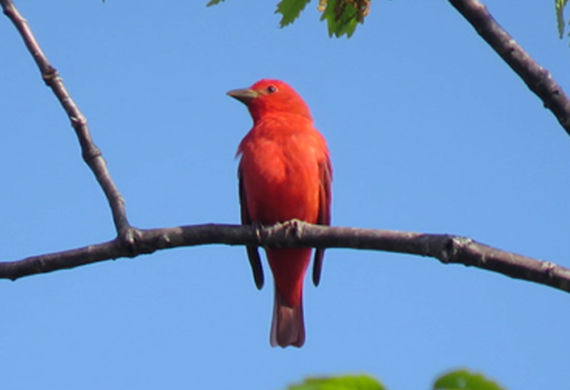
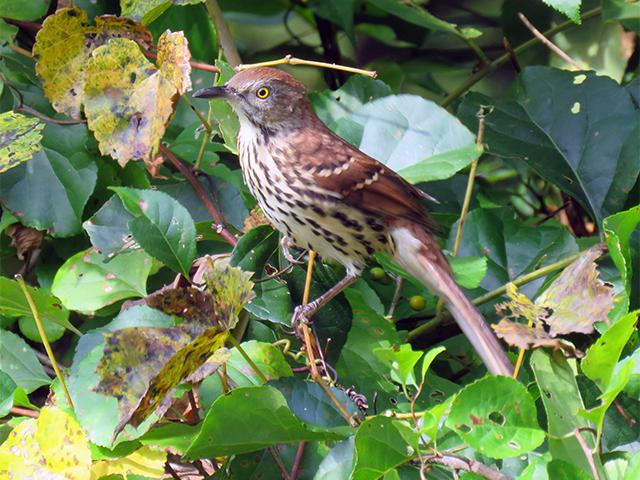
Register by clicking the ‘book now’ button above, or by contacting the Ventures office. We accept credit cards for an additional fee (2.9% for MC, Visa, Discover; 3.9% for AmEx), but you may also pay by bank transfer, cash, check, or money order. This Venture is limited to 12 participants
We will meet at 8 AM at the Cracker Barrel in Hendersonville, NC and carpool to Lake Conestee. Drivers will be given directions. The address for Cracker Barrel is: 105 Commercial Boulevard, Flat Rock, NC 28731. Alternatively, you can meet us at Lake Conestee Nature Preserve at 9 AM. Price: $55 Unfortunately, our picnic lunches are not currently included in our day trips (until further notice)
An Day exploring this great migration park from the network off walking trails, observation decks and boardwalks of Lake Conestee Nature Park.
On the Reedy River, just south of Greenville, South Carolina lies Lake Conestee Nature Park. Established in the early 1800s through the damming of the Reedy River, this 400-acre park is home to an abundance of wildlife, including deer, raccoon, fox, beaver and river otter. In September 2010 it was named an Important Bird Area by the National Audubon Society, in part for its wintering population of Rusty Blackbirds. 5 miles of natural and paved trails and boardwalks take visitors through a variety of habitat - mixed forest, extensive wetlands and riparian zones.
We will explore a selection of the available trails here and will hope to find a nice mix of species, including resident species such as Pileated and Red-headed Woodpeckers, Brown-headed Nuthatch and Brown Thrasher, plus look for a good selection of migrants and summer visitors. Black-and-White, Prothonotary and Northern Parula Warblers all nest in the preserve and migrants should include Northern Waterthrush, and Magnolia and Worm-eating Warblers. We’ll be sure to scan the lake for shorebirds as well. Of course, there’s always the chance of something unusual showing up, such as Olive-sided Flycatcher, which has been seen here several times in the past few years.


